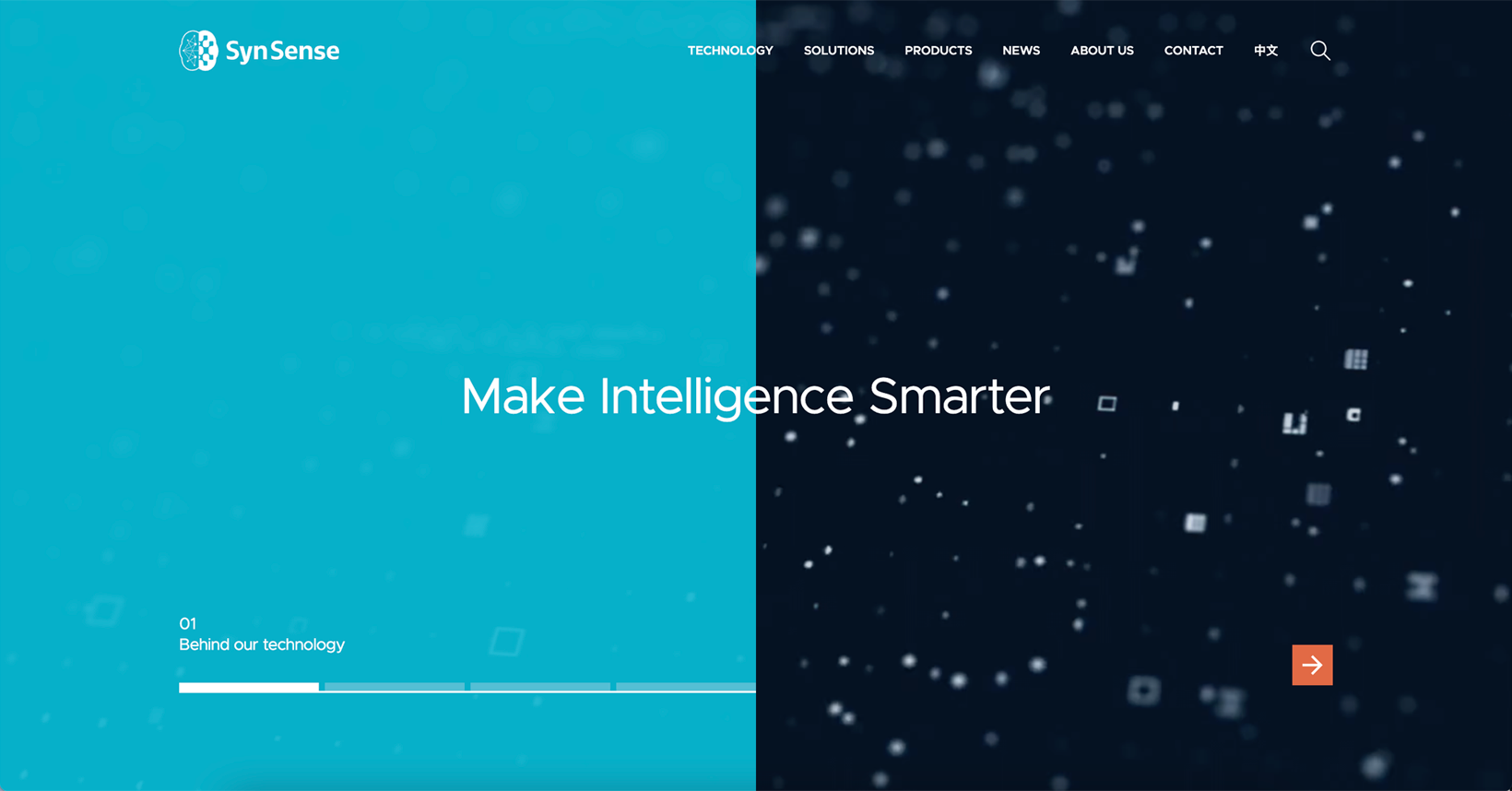Satchmo25
Member

SynSense tapes out Xylo™ for neuromorphic audio processing
SynSense has completed the tapeout of Xylo™ Audio3, their advanced ultra-low-power audio processing platform built on the neuromorphic inference core Xylo™.

Nah... the words in my head keep echoing "explosive sales....explosive sales.....explosive sales...." That was from a guy who has the most insight than anyone in the whole company, the CEO. More than analysts, more than advisors, more than sophisticated investors, more than billion dollar financial institutions, more than fund managers and short sellers alike....BUT ....... What if as you put it :
" One announcement away from kaboom!!!! "
it might be the announcement of the 4C due in a few weeks time showing once again customer receipts/revenue of only some $40,000.00 or less
KABOOMMMMMMM !!!!! for sure to many s/holders here

Just to repost a collection of previous posts, could it be we might be closely tied to Samsung for akida2 ?
Posted by IloveLamp.
The Akida image is from (1:10) from the below link compared next to an image of a BMW interior.
View attachment 39426
Image shown below is the old iDrive. Akida possibly part of the newer infotainment system to be released? The new vehicles will also contain occupant monitoring and external sensors control by an NPU.
View attachment 39424
Predicted partnership
View attachment 39420
To add further; Exynos has been linked with Hyundai and Volkswagen.
Old hand gesture dataset for some added spice. (Also previously posted by another user)
View attachment 39422
Yes, I was surprised also - pleasantly for now. Not an insider or shorter. At ask because they never seem to fill under the ask price when I go "all or nothing" mode. Plus, the spread was low ...In the US a 100k buy just occurred. A buy because it was at the ask/offer.
Very unusual as I check every trade.
A new buyer or a short cover. Either way......and this is a good thing... as I paraphrase Martha Stewart.
(And she knows a lot about insider trading). Joking of course on this slow day.
New interview with Nanden.
My theory is as the spreads in the US are thin the brokers will offer liquidity and just end up buying up the shares on the ASX. This is my opinion only.In the US a 100k buy just occurred. A buy because it was at the ask/offer.
Very unusual as I check every trade.
A new buyer or a short cover. Either way......and this is a good thing... as I paraphrase Martha Stewart.
(And she knows a lot about insider trading). Joking of course on this slow day.
I have prevously followed this guy all over the net. Have not found any direct projects involving akida yet. Hopefully his more than a fan boy.
To add to this one, here is a link as to why but DYORFound this interesting.

Interesting - you should email them and ask.Polyn.ai , anyone got further evidence of Akida apart from the usual wording?
View attachment 39445
Polyn.ai , anyone got further evidence of Akida apart from the usual wording?
View attachment 39445
I was about to say that correct. Analog is not as scalable as digital hence it's now product specific. IMO
This link helps describe the difference maybe to some.

 www.edgeimpulse.com
www.edgeimpulse.com
